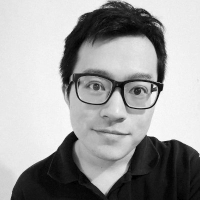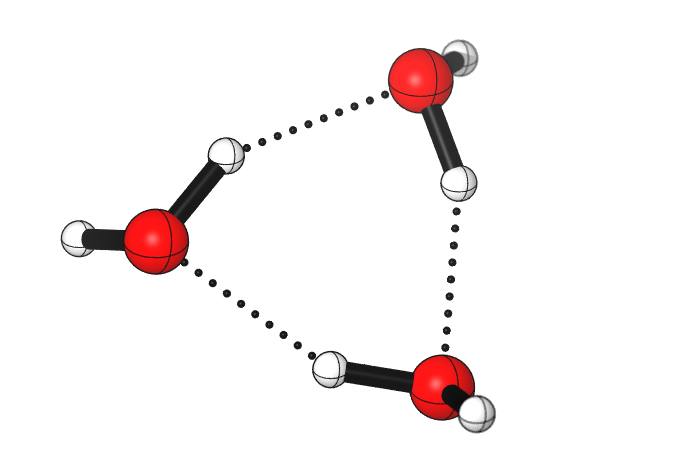About Me (Updated: 7-Sep-2025)
My name is Longkun Xu, people also call me Luke. Currently I am an AI algorithm engineer at Ecoflow, working with Dr. Rui Li on self-evolving agents.
Previously I worked for Samsung R&D Institute China - Beijing (SRC-B, with Dr. Qiang Wang on data-efficient AI4S methods including machine learning potentials and molecular generation) and Dongyangguang New Energy Research Institute (HEC, working on scientific images process with computer vision techniques, smart manufacturing and optimization, high-throughput molecular screening and generation, and multi-scale multi-physics simulation).
I earned my PhD in computational chemistry at the Australian National University in 2022, under the supervision of Prof. Michelle Coote. My PhD thesis is on developing more accurate solvation models and studying complex electrostatic environment.
I have published 10+ papers in journals including JACS, Nature Communication, JCTC, JPCL, JPCC, JPCA. My research was highlighted in AI for Science Global Outlook 2023 Edition, EurekAlert!, PHYS.ORG, Chemistry in Australia. I server as a reviewer for AI conferences ICLR (2025), ICML(2023, 2024), NeurIPS(2022, 2023) and chemical journals including JCTC and JPCA.
You can find my blog posts here, which are some tutorials used to answer questions I have been frequently asked, feel free to let me know your comments and questions. You can contact me via longkunx@gmail.com

Peer Review Service
Reviewers for the following journals and conferences: ICLR 2025 workshop (FPI),ICML 2024 workshop (AI4Science, SPIGM), NeurIPS2023 workshop (AI4Science, GenBio), ICML 2023 workshop (SPIGM), NeurIPS2022 workshop (AI4Science), JCTC, JPCA
Talks and Posters
[12/2020], ASIL9, poster and video, Zoom
[10/2019], APATCC2019, poster, Sydney, Australia
[06/2017], ncqc2017, poster, Dalian, China
Awards and Fellowships
Samsung Excellent Proposal Award (2023)
Postgraduate Research Support (2020)
HDR Fee Remission Merit Scholarship (2018-2021)
ANU PhD Scholarship (International) (2018-2021)
Second Class Scholarship for Gruduate Student (2015-2018)
Hailier Scholarship for Outstanding Students (2013)
Teaching Service
Mentored Interns:
- Kehan Wang (2022-2023 @Samsung, Now: Researcher @China Telecom)
- Mingwei Ge (2022 @Samsung, Now: PhD student @Yale)
Teaching assistant for undergraduate course Physical Chemistry (2016)
News
[8/2023] Our 2023 JPCC was reported by AI for Science Global Outlook 2023 Edition, see page 179 in here
[12/2021] Our 2021 JACS was reported by Chemistry in Australia, see page 15 in here
[12/2020] Our 2020 Nat. Commun. was reported by several news platforms including EurekAlert!, PHYS.ORG and Chemistry in Australia.
[11/2020] Our 2020 JACS paper was reported by Chemistry in Australia, see page 14 in here
